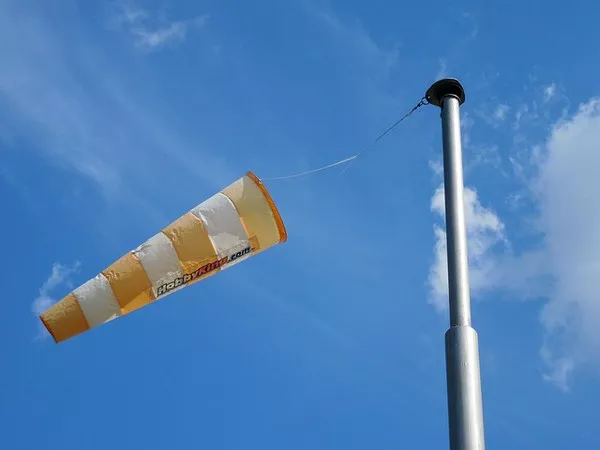The world of meteorology and environmental monitoring relies heavily on anemometers, the devices tasked with measuring wind speed and direction. From predicting weather patterns to optimizing wind energy production, anemometers play a crucial role in various industries. In this comprehensive guide, we’ll delve into the workings of anemometers, exploring their different types, principles of operation, applications, and more.
An anemometer is a specialized instrument designed to measure the speed and sometimes the direction of wind. These devices come in various forms, each utilizing different principles to accurately gauge atmospheric conditions. Let’s take a closer look at the different types of anemometers and how they function.
Types of Anemometers
Anemometers come in various types, each tailored to specific needs and environments:
1. Cup Anemometers: These are among the most common types, featuring three or more cups mounted on horizontal arms. As the cups rotate in the wind, the speed of rotation is directly proportional to wind speed.
2. Vane Anemometers: Vane anemometers utilize a freely rotating vane aligned with the direction of the wind. The wind’s force causes the vane to rotate, and the angle of rotation is measured to determine wind speed and direction.
3. Sonic Anemometers: Employing ultrasonic pulses, sonic anemometers measure wind speed and direction by analyzing the time it takes for sound waves to travel between transducers in different directions.
4. Hot-Wire Anemometers: These instruments rely on the principle of convective heat transfer. A heated wire is exposed to the airflow, and changes in wire temperature due to convective cooling are used to calculate wind speed.
Functionality and Principles of Operation
Anemometers operate on fundamental principles of fluid dynamics and sensor technology. Wind speed is typically measured by the rotation of cups or vanes, the time of flight of ultrasonic pulses, or the change in temperature of a heated element. Wind direction is determined by the orientation of sensors or vanes relative to the prevailing wind direction.
Factors Affecting Accuracy
While anemometers provide valuable data, several factors can affect their accuracy. Proper sensor placement, environmental conditions such as turbulence and obstructions, and regular calibration are crucial for obtaining reliable measurements.
Applications
The applications of anemometers span a wide range of industries and fields:
1. Meteorology: Anemometers are fundamental tools in weather stations for collecting data used in weather forecasting and climate research.
2. Wind Energy: Anemometers play a critical role in the wind energy industry, providing essential data for site selection, turbine design, and performance optimization.
3. Aviation: Anemometers are integral to aviation weather systems, aiding pilots in assessing wind conditions for safe takeoff, landing, and navigation.
4. Environmental Monitoring: Anemometers are used in environmental monitoring networks to assess air quality, dispersion of pollutants, and atmospheric dynamics.
5. Sports and Recreation: Anemometers are utilized in various sports and recreational activities, such as sailing, kiteboarding, and competitive cycling, to optimize performance and ensure safety.
Maintenance and Calibration
To ensure accurate and reliable measurements, anemometers require regular maintenance and calibration. Routine cleaning, inspection of sensors, and calibration checks are essential practices for maintaining instrument integrity.
Future Developments
Advancements in sensor technology, wireless connectivity, and data analytics are driving innovations in anemometry. Future developments may include miniaturized sensors, enhanced durability, and seamless integration with IoT platforms for real-time monitoring and analysis.
Conclusion
Anemometers are indispensable tools for measuring wind speed and direction across diverse applications. Understanding the principles behind their operation and factors influencing their accuracy is crucial for obtaining reliable data. Whether you’re a meteorologist, an engineer, or an outdoor enthusiast, the insights provided in this guide will deepen your understanding of anemometry and its myriad applications in the modern world.

